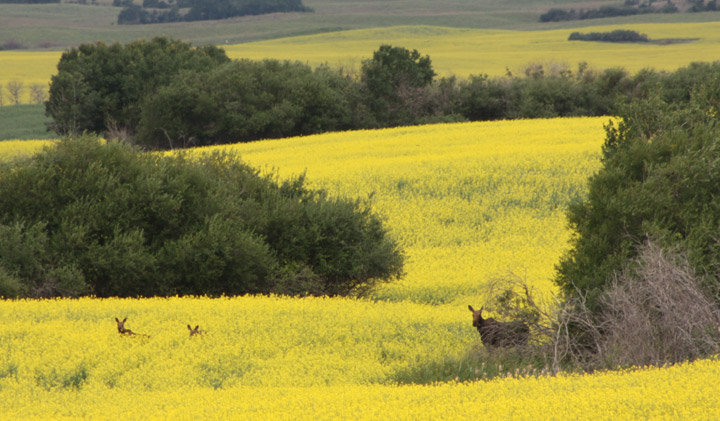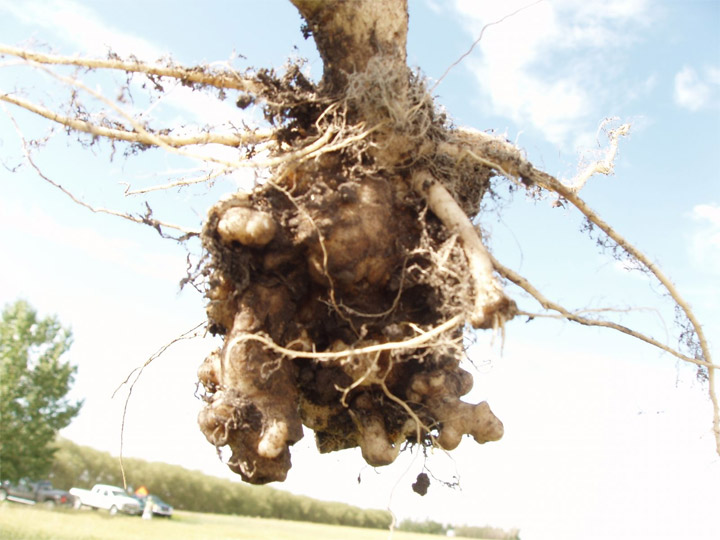Scientists want to better understand why some canola varieties are resistant to clubroot and are using the Canadian Light Source (CLS) in Saskatoon for help with their research.

Canola is the number one cash crop in Canada, valued at $27 billion, but the effects of the disease can be devastating.
“It can wipe out the whole crop,” said Gary Peng, a scientist at Agriculture and Agri-Food Canada’s Saskatoon Research and Development Centre.
There are 50 to 100 varieties of canola available to farmers, but only eight are resistant to clubroot, which causes swelling on canola roots, eventually killing the plant.
Scientists now say those eight varieties are losing their resistance.
Peng likens the problem to influenza, where a new vaccine needs to be developed yearly as the flu virus mutates.
“We need to find new resistant genes and use them efficiently,” Pang stated.
“It is important to have resistance diversity in our arsenal because we know that a single gene will not be long lasting. We need to be more prepared in order to better manage the disease using the resistance strategy.”
Peng is using the lightbeam at the CLS to examine why some canola varieties are resistant to clubroot and how cell walls changed in response to an infection.
He said the information he has gathered has provided valuable insight as he continues with his research.
“The goal is to be able to use the resistant genes judiciously either by rotating them in the variety or by stacking or pyramiding them in the same variety to carry multi-resistant genes,” Peng explained.
The first case of clubroot in canola was detected in 2003 in several Edmonton-area fields and has since spread to over 2,000 fields across a wide swath of Alberta.
Saskatchewan reported its first case in 2008, but significant evidence of the disease attacking canola roots wasn’t identified until 2011.



Comments